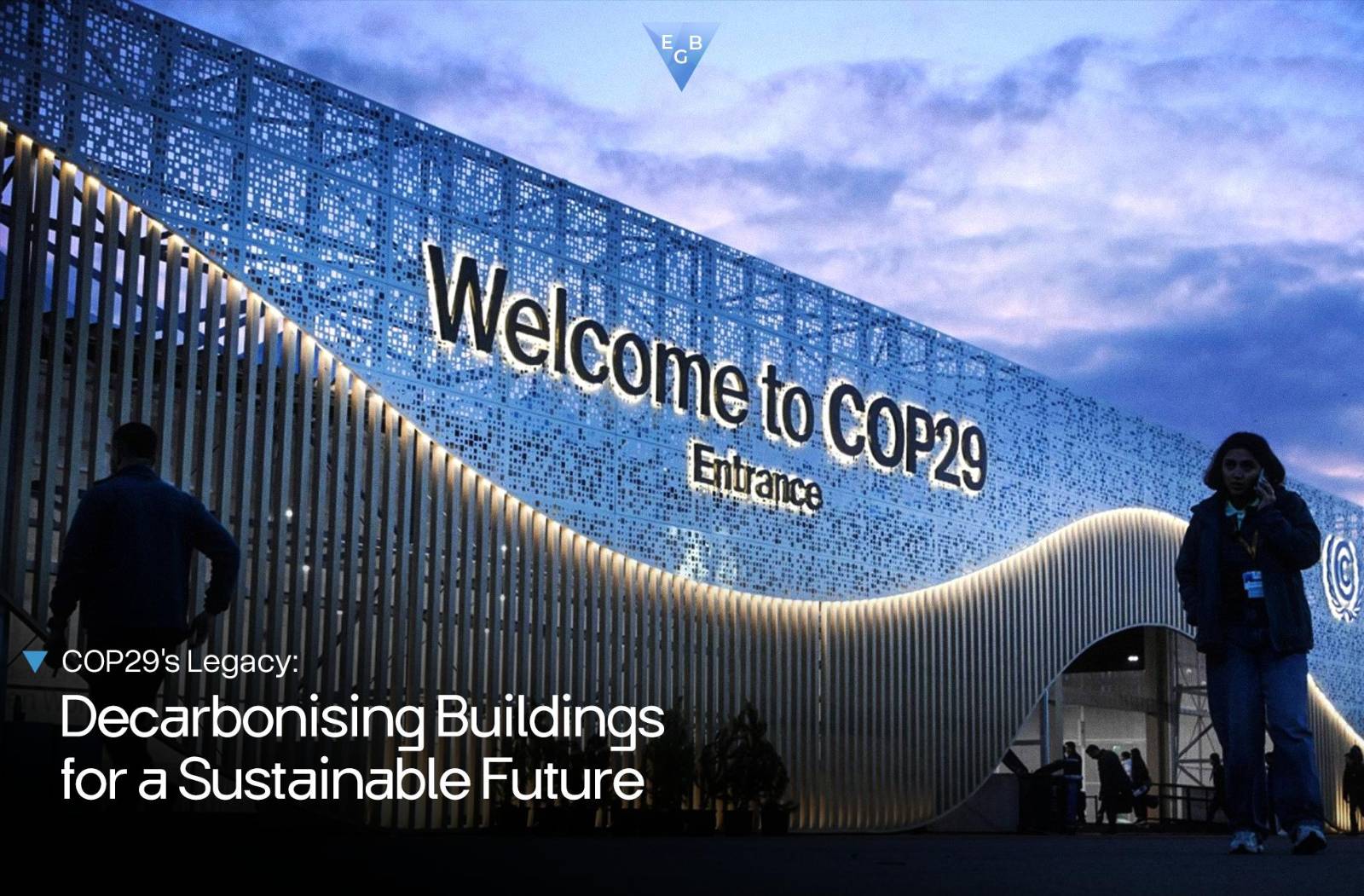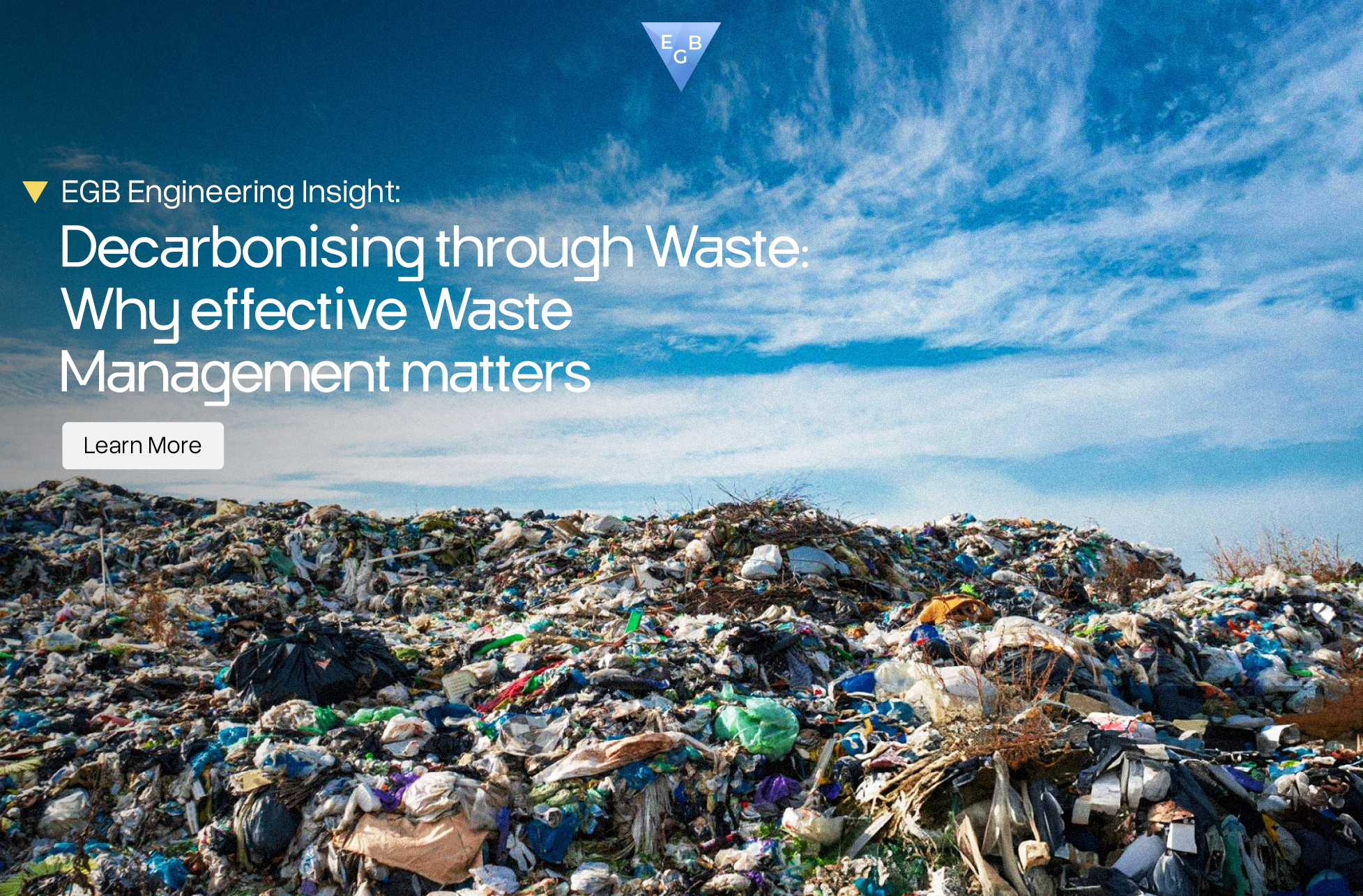
The 2021 Year In Review: A Remarkable Year For Climate Action
2021 was a year that loudly highlighted the deadly consequences of man-made climate change (record-breaking heat waves, floods, wildfires that affected our biodiversity’s and tested the limits of our disaster response). It is an existential threat to life on Earth and needs urgent addressing.
Nonetheless, apart from the climate-fuelled extreme weather events, 2021 was also full of publications of important new climate research and a crucial international climate negotiation – COP26. There is good reason to believe that the world is capable of (at the least) sidestepping the worst dangers of global warming.
The momentum has begun behind climate action, but our progress is not enough as we have taken too long to make tangible changes. The situation is still salvageable – world events and politics can still slow or reverse the current trends. It’s worth spotlighting and reflecting on the advances the world has made because it demonstrates that it can be done and provides a functional template for achieving more.
CLIMATE ACTION MOMENTUM
The grimmest scenarios and chief focus to avoid calamitous climate change are to keep global temperatures rising to 1.5 degrees above pre-industrial levels. But there is no decrease in the Earth’s temperature rising, and it will continue to get even hotter in the next five years. The World Meteorological Organisation’s (WMO) report warned in April 2021 that the global average temperature had already risen by about 1.2 degrees. Furthermore, a UN Environment study in October 2021 revealed that the world is on track to warm by 2.7 degrees this century if emissions continue as “business as usual.”
To put in perspective, if we layer all the climate policies currently in place worldwide, we are on track for 2.7 °C of warming this century as a middle estimate. If we give nations the benefit of the doubt and they meet their emissions pledges under the Paris agreement, including the new commitments under the Glasgow UN Climate summit (COP 26), the figure goes down to 2.4 °C. And in an ideal scenario, if every country achieves its net-zero emissions targets (by the middle of the century), it drops to 1.8 °C.
Looking at the decreasing costs of solar and wind and the strict climate policies, we are about to witness the biggest expansion in renewable energy development. The International Energy Agency (IEA) says that the global capacity of renewables will rise more than 60% by 2026. By then, the solar, wind, hydroelectric dams, and other renewables infrastructure will rival the worldwide capacity of fossil fuel and nuclear power plants.
Furthermore, sales of new electric vehicles have taken off to reach around 5.6 million by the end of 2021. It is an 80% leap over the 2020 figures – electric vehicles climbed from 2.8% of new sales in 2019’s first half to 7% during the first half of 2021. Its larger gains were in China and Europe. Zero-emissions vehicles will make up nearly 30% of all new purchases by 2030.
INTERNATIONAL CLIMATE NEGOTIATIONS AND POLICIES
COP 26, the 26th conference of parties on international climate negotiations, took place in November 2021 in Glasgow. At the last conference (COP 21 in Paris 2015) countries had agreed to update their individual climate achievements every five years but, due to the pandemic, COP26 was delayed. This postponement further highlighted the significance and importance of the COP26 event and it was; it was the most acclaimed climate event in 2021.
Countries like India and Nigeria pledged to reach net-zero emissions by 2070 and 2060, respectively. 141 countries covering 91% of the global forested area agreed to reverse forest loss and land degradation by 2030.
Likewise, more than 450 financial institutions across 45 countries pledged $130 trillion of private capital to transition the global economy to net zero emissions by 2050. 103 countries responsible for half of the global methane emissions pledged to reduce those emissions by 30% (from 2020 levels) by 2030.
A focus area on the Glasgow climate pact agreement called all countries to “accelerate efforts towards the phase-down of unabated coal power and phase-out of inefficient fossil fuel use.” Even though that language was found ambiguous by proponents of stronger action, it still marked the first time a COP meeting specifically targeted the phase-down of fossil fuels. The agreement also requested parties to “revisit and strengthen” their 2030 targets in their NDC (nationally determined contributions) to support the Paris Agreement temperature goal by the end of 2022.
The U.S. has already set an ambitious target (50% below 2005 emissions levels by 2030) roughly consistent with the Paris Climate Agreement. China’s NDC aims to peak emissions before 2030 and achieve carbon neutrality by 2060. These targets put the country already on track without substantial additional policy efforts.
A PRAGMATIC MODEL
While we are making progress and have finally got the ball rolling for climate action, the world is still underreacting to the rising risks. A 2.7-degree rise in the planet’s temperature makes the Earth a more dangerous and unpredictable place to live. Those temperatures endanger coral reefs, sink major parts of our coastal cities and low-lying islands, and subject millions of people to far greater risks of extreme heatwaves, droughts, famines, and floods. The world is unequipped to deal with these changes at the pace they are happening.
In addition, we are still underestimating how sensitive the atmosphere is to greenhouse gases, the escalating impacts of climate tipping points and the dangers that these higher temperatures bring. Furthermore, there’s no guarantee that nations will stick to their policies and commitments amid economic shocks, conflicts, and other unpredictable events.
But, a 2.7 °C warmer world is much more inhabitable than a 5 °C warmer one, and a far more promising starting line for getting to 2 °C. It is a realistic baseline. Also, it is especially notable that the world has made this much progress without arcing climate policies in many nations and amidst all the poisoned, opinionated politics surrounding climate change.
The above policies and shifts to natural gas, solar and wind, and electric vehicles were all aided by government support, loans, subsidies, and other policies that pushed the underlying technologies into the marketplace. And the business-driven scale-up process promptly cut the costs of those technologies, helping them become attractive in terms of feasibility and effectiveness.
In addition, clean alternatives promise to simplify the politics of future climate action. If more nations enact progressively stricter policies (carbon taxes, clean-energy standards, funding for research and demonstration projects) we will be able to reduce emissions faster and achieve our climate action goals.
ABOUT EGB ENGINEERING
EGB Engineering is an international engineering consultancy firm with expertise in the field of power and propulsion. We provide sustainable and renewable engineering products and services to clients and operate in the aerospace, energy and nuclear industries.




